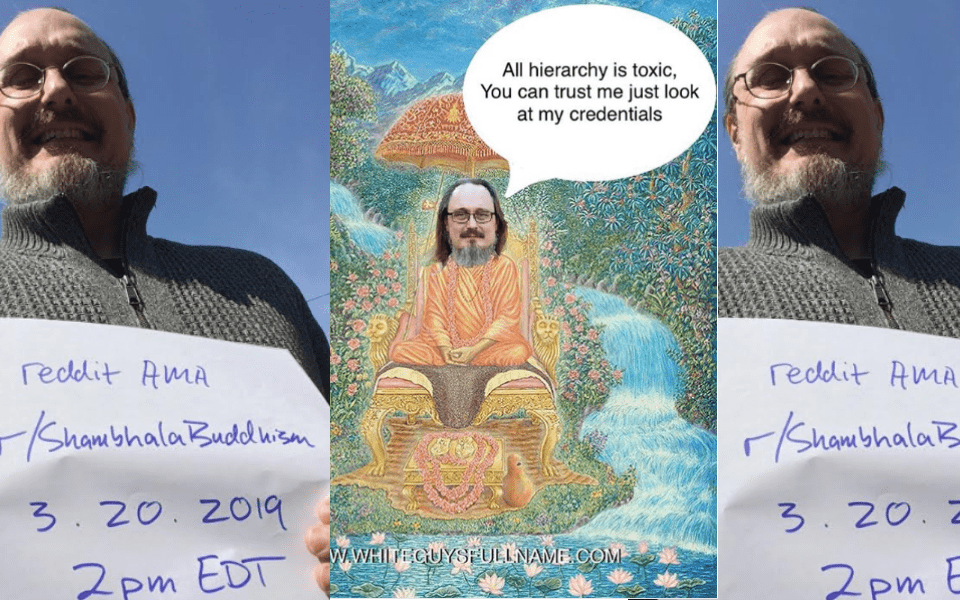April 29, 2019
It’s not like the yoga world has accelerated the carbon crisis, but it is poignant to consider that in the crucial decades in which something could have been done, an entire generation of liberals was encouraged to spend money on self care in environments designed to give the impression that everything was fine and the only real problem was mental hygiene.



